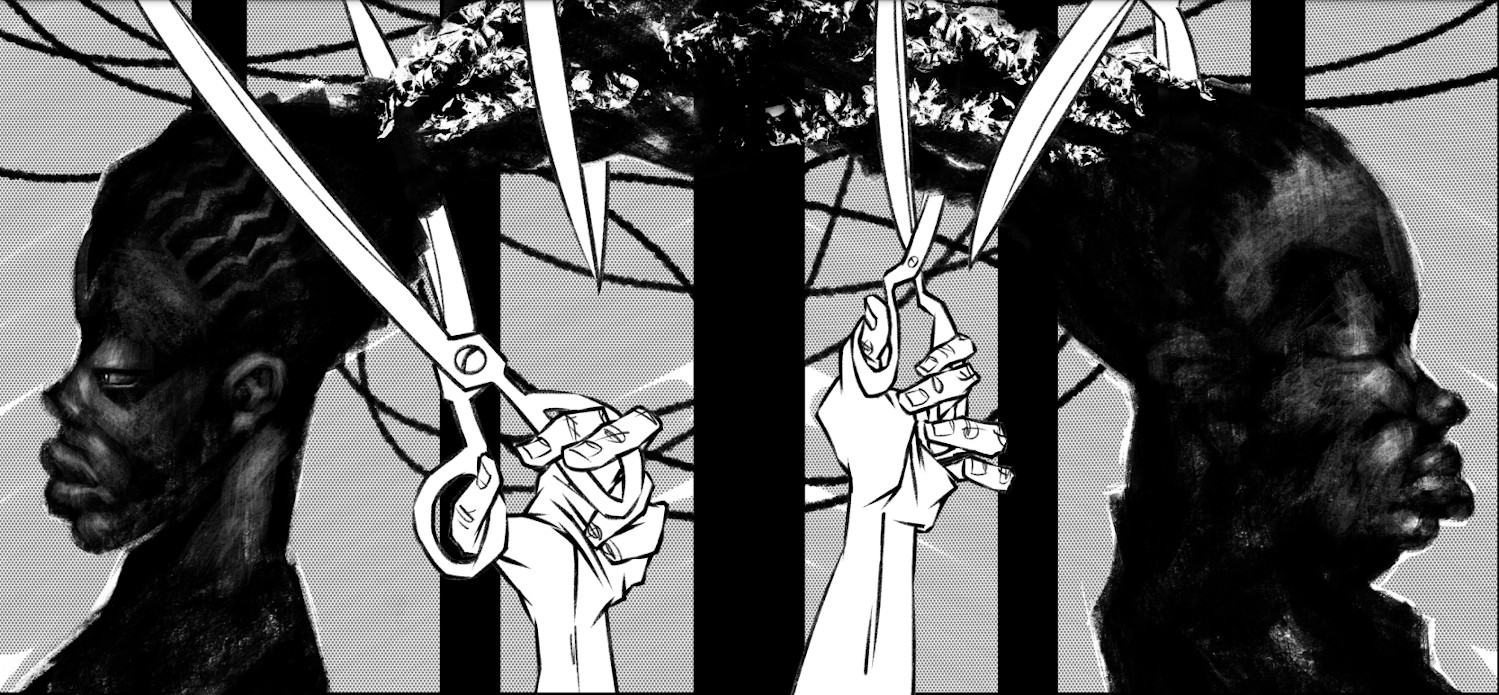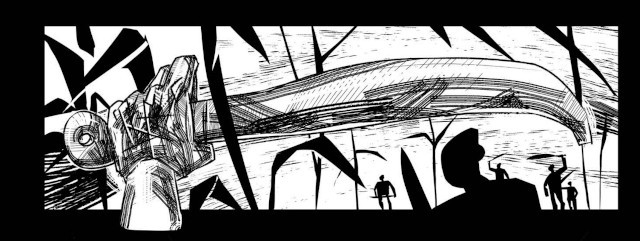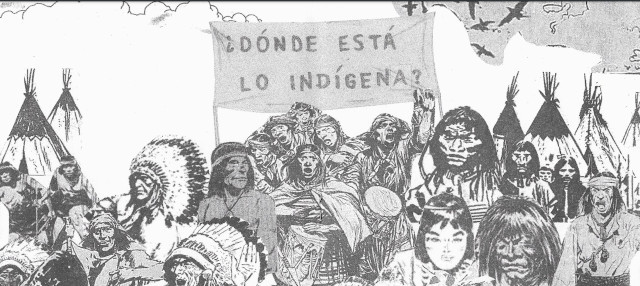The concept of race
The concept of race has changed greatly over the period covered by this exhibition. During the nineteenth and the early twentieth centuries, Western science believed that humans could be divided up into a small number of distinct “races”, durable types defined in terms of an anatomy that determined intellectual and moral qualities. Races were arranged in a hierarchy that positioned white Europeans at the top and black Africans at the bottom. Based on this “scientific racism”, the social reform movement of eugenics attempted to protect and purify the “racial stock” of Western nations, which were “threatened” by mixing with other “races”.
From the 1920s, eugenics and racial science were gradually discredited, as it was shown that humans cannot be classified into biological “races”: humans are over 99% biologically the same. As a result, and in the wake of the horrors of Nazi racism and eugenics, the term race either became taboo in public discourse or has become a way to talk about cultural differences perceived as engrained and heritable.
In today’s academic language, “race” is a label for a set of ideas and practices that a)refer to categories of people that emerged during colonialism - in Latin America, for example, blancos (whites), indios (Indigenous Americans), negros (Afro-descendants) and mestizos (mixed-race people), but also chinos (Chinese people); and b) refer to some combination of ancestry, bodily appearance, and behaviour.
The concept of race in Latin America
The concept of race in Latin America is different from its usage in Europe and North America. It refers more to culture and less to biology: the term la raza mexicana, for example, means a national population defined by a common history, culture and ancestry. This understanding meant that Latin American eugenics depended far less on the sterilisation of people deemed racially “unfit” and more on creating positive environments for raising children.
Racism
Racism is a system that creates and reproduces inequalities of wealth, power and well-being among people perceived as different in terms of race, as defined above. It is both expressed in individual acts of racial discrimination and embedded in the structures of society and everyday behaviours, where it is often less visible to everyone, but especially to the privileged.
Racism in Latin America
Racism in Latin America has often been thought to be less of a problem than in North America or Europe. The region’s colonial history resulted in large mestizo populations, making plausible the claim that racism was impossible because “we are all mixed”. During the nineteenth century, elites were forging new nations from predominantly mestizo populations, defined by Western racist science as degenerate and weak. Elites frequently embraced mixture, mestizaje, and turned it into a valued national trait, while also seeing mixture as a process of whitening by which the nation could approach European whiteness and modernity. To aid whitening, elites encouraged European immigration, most successfully in Argentina and southern Brazil. The claim that “we are all mixed” still has some traction today, but, as many Black, Indigenous and dark-skinned mestizo people have long maintained and continue to insist today in ever-louder calls for racial justice, it co-exists with a deeply embedded but veiled racism, which defines being lighter/whiter as superior.



